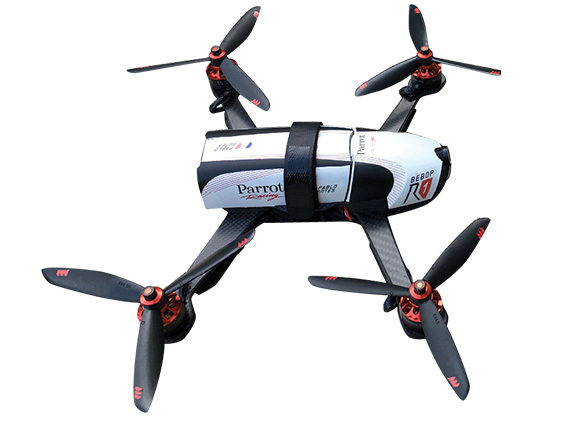Scot Refsland is really into virtual reality. He’s spent his life in design labs, earning a Ph.D. in virtual and augmented reality and testing the constantly improving technology. But he’s never been able to find an entirely immersive experience—until drone racing. “It truly gives us that feeling of free flight.”
In 2014 the International Drone Racing Association was born. And in 2015 the first U.S. National Drone Racing Championship was held at the California State Fair. “That was a very specific experiment,” Refsland says. “We all came together and said, ‘This feels like a sport, it smells like a sport, could it be a sport?’ ”
The answer was yes—the first-ever televised drone-racing event, the U.S. National Drone Racing Championship, will be held Aug. 5-7 on Governors Island in New York City. In April IDRA announced an international, multi-year media distribution deal with ESPN.
The sport has grown rapidly since its inception; Refsland estimates pilots (who use first-person-view goggles and a joystick to maneuver the 60-mph drones) can find 100 races throughout the country on any given weekend.

With a financial barrier of just $500 to $1,000, drone racing opens doors to the sports world. You don’t have to be a 6-foot-8-inch NBA player or have the perfect golf swing to succeed, Refsland says. “Anybody can pick it up and start flying.” IDRA offers a level playing field, including top pilots with physical and learning disabilities.
Eventually fans will be able to watch the race from a smartphone, tablet or computer. All spectators will be remote, whether they’re trackside or in another country. They’ll receive live leaderboard updates and a front-row seat from the pilot’s perspective, and can experience racing from each track via a downloadable simulator.
Related: How to Create a Culture of Innovation
This article originally appeared in the August 2016 issue of SUCCESS magazine.









